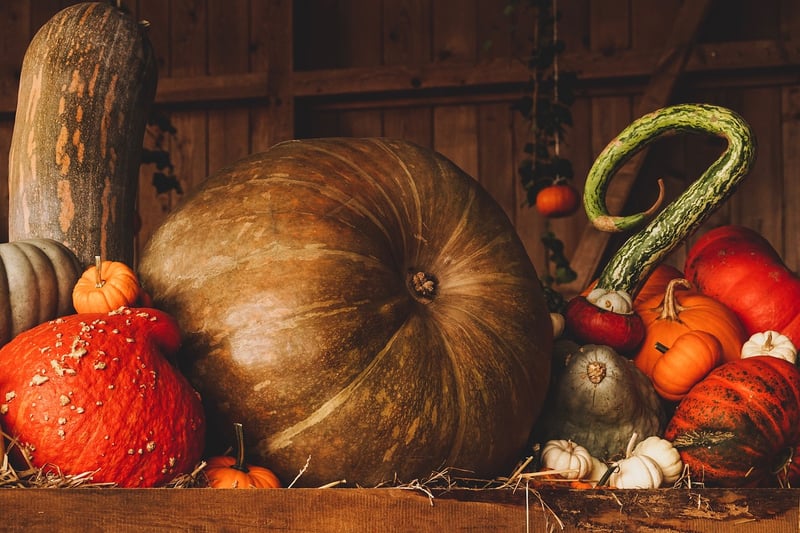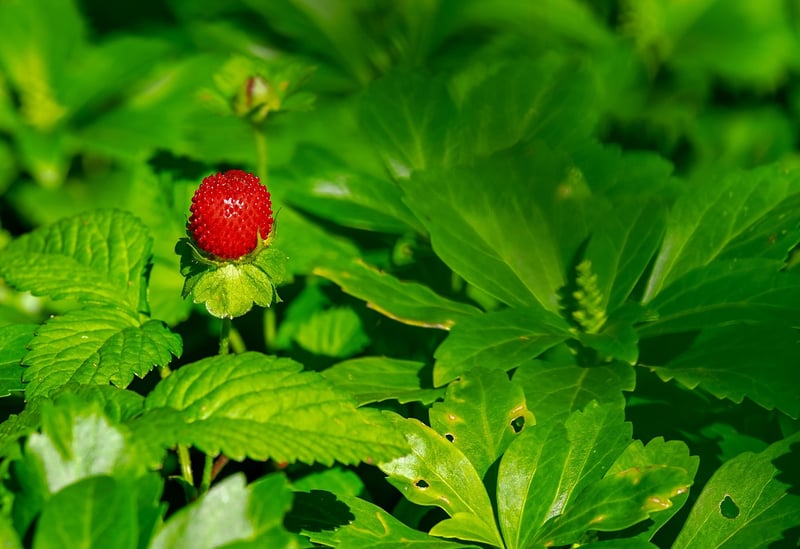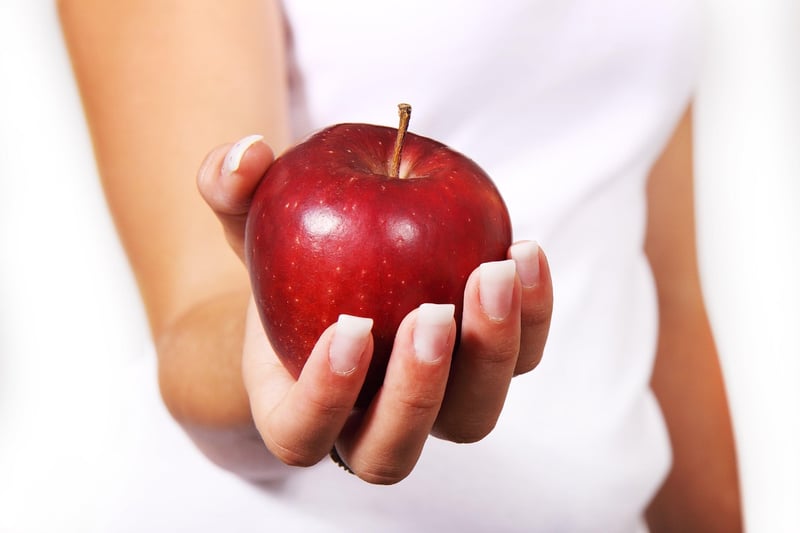Maximizing Yield
Optimizing the Fruits of Your Labor + Maximizing Yield
When it comes to cultivating a successful garden or farm, maximizing yield is a top priority for many growers. Whether you are a seasoned farmer or a beginner gardener, there are several strategies you can implement to optimize your efforts and ensure a bountiful harvest. By focusing on key factors such as soil health, proper plant care, and efficient resource management, you can enhance productivity and reap the rewards of your hard work.
Soil Health is Key
Healthy soil is the foundation of a productive garden or farm. Before planting, make sure to test your soil to determine its pH levels and nutrient content. Based on the results, you can amend the soil with organic matter such as compost or manure to improve its quality. Well-balanced soil provides essential nutrients for plant growth and helps retain moisture, leading to healthier plants and higher yields.
Choose the Right Plants
When selecting crops for your garden, opt for varieties that are well-suited to your climate and growing conditions. Consider factors such as temperature, sunlight, and water requirements to ensure that your plants thrive. Choosing the right plants can help minimize the risk of pests and diseases, leading to a more successful harvest.
Implement Efficient Irrigation
Proper irrigation is essential for plant growth and development. To maximize yield, water your plants deeply and infrequently to encourage strong root systems. Consider using drip irrigation or soaker hoses to deliver water directly to the roots, minimizing water waste and reducing the risk of fungal diseases. Monitoring soil moisture levels and adjusting your watering schedule based on weather conditions can help optimize water usage and promote healthy plant growth.
Practice Crop Rotation
Crop rotation is a beneficial practice that involves planting different crops in the same area each season. This technique helps prevent soil depletion, reduces pest and disease pressure, and improves soil structure. By rotating your crops, you can optimize nutrient uptake, minimize weed growth, and maintain soil health, ultimately leading to higher yields and healthier plants.
Utilize Organic Pest Control
Instead of relying on chemical pesticides, consider using organic pest control methods to protect your plants from harmful insects. Companion planting, beneficial insects, and homemade remedies such as neem oil or garlic spray can help deter pests and promote a natural balance in your garden. By minimizing pest damage, you can maintain plant health and maximize your harvest.
Harvest at the Right Time
Knowing when to harvest your crops is crucial for optimizing yield. Different fruits and vegetables have specific maturity indicators that can help you determine the best time to pick them. Harvesting produce at the peak of ripeness ensures optimal flavor, texture, and nutritional content. By timing your harvests correctly, you can enjoy the full benefits of your hard work and maximize the quality of your yield.
Conclusion
By focusing on soil health, proper plant care, efficient irrigation, crop rotation, organic pest control, and timely harvests, you can optimize the fruits of your labor and maximize yield in your garden or farm. Implementing these strategies will not only enhance productivity but also promote sustainability and long-term success in your growing endeavors. With dedication, knowledge, and careful planning, you can enjoy a thriving garden full of abundant harvests.



